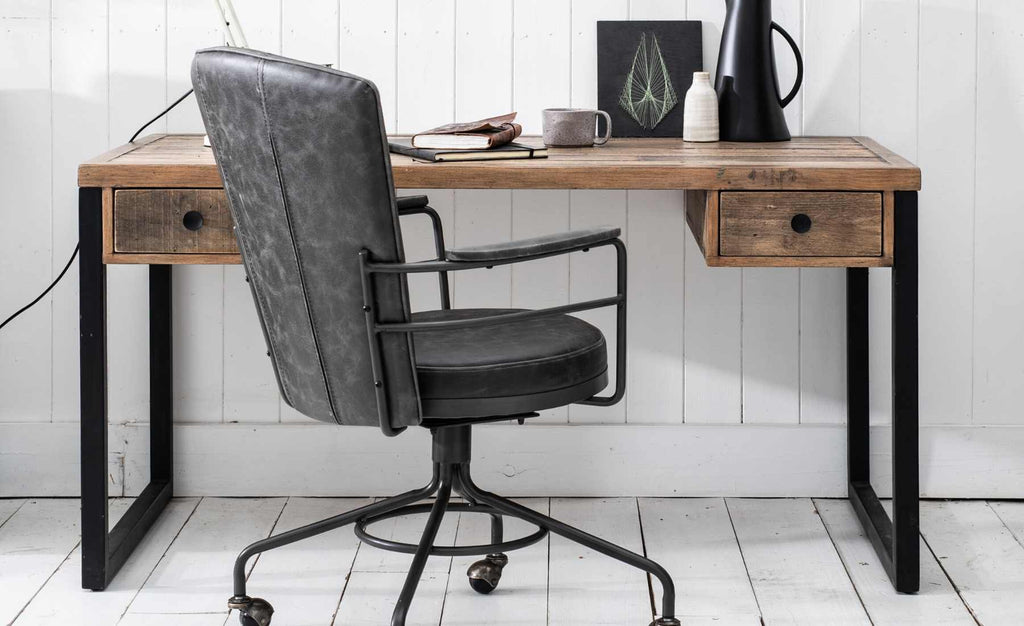
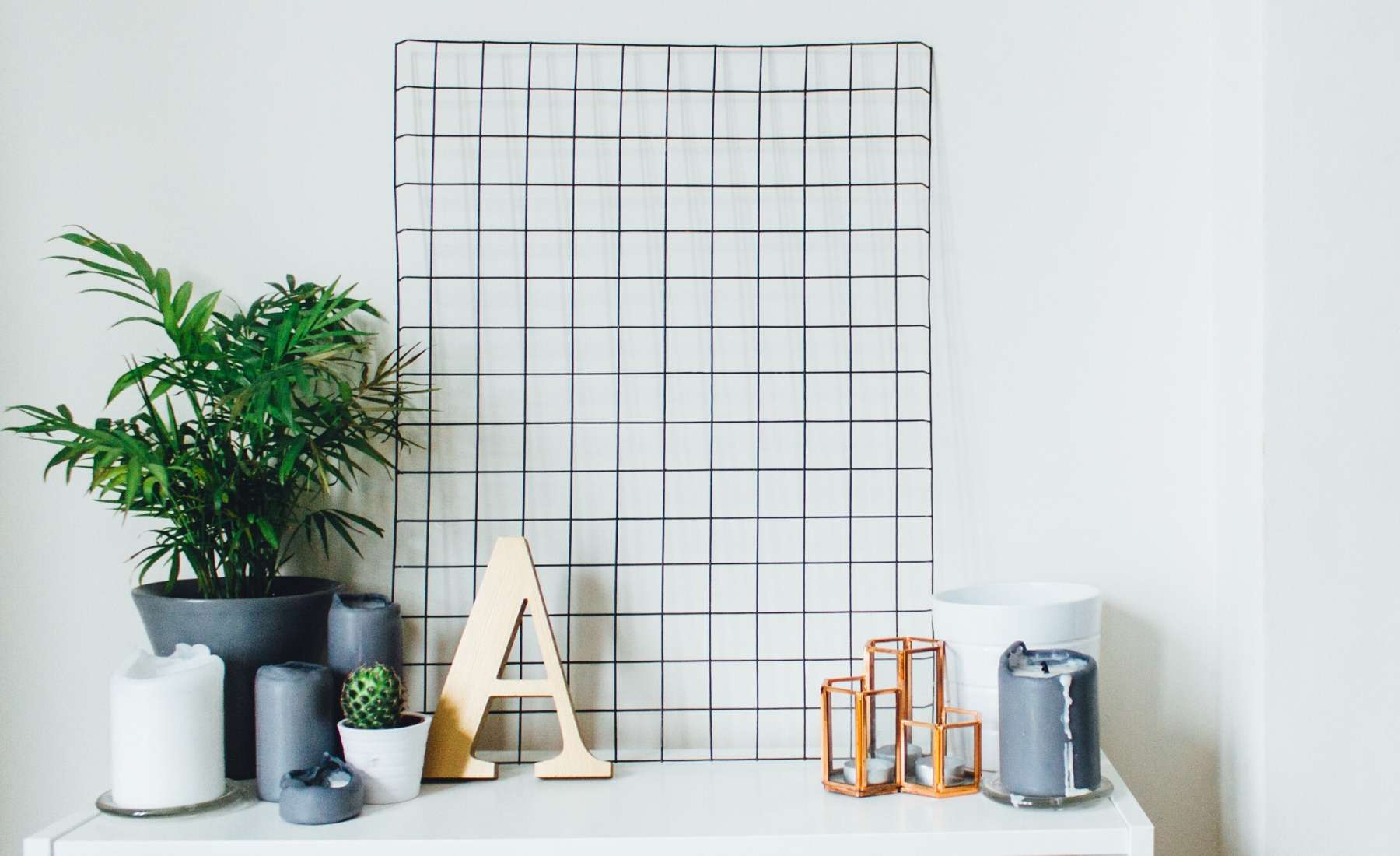
When the family is working, studying and revising from home, creating a quiet zone where your children can focus and study without distractions may seem like an impossible task. But, with a few clever interior and decor tips, you can make a creative and conducive study area that will encourage your child to study, read, write and work.
Regardless of the size of the space you have, when it comes to planning a home study space, it pays to remember these five key elements:
-
Colour
-
Furniture
-
Lighting
-
Organisation
-
Personalisation
1. COLOUR
When it comes to colour schemes you want to promote a feeling of calm and peacefulness to aid concentration and this is best achieved with a predominantly neutral scheme in the main study area. That’s not to say it has to be boring and uninspiring. Colour can also ignite creativity, so consider adding pops of colour in your choice of accessories and furniture or even paint an accent wall behind the desk with a favourite colour. For less permanent options, a colourful photograph, print, pin-board or wall-mounted clipboards will also help create interest and colour.
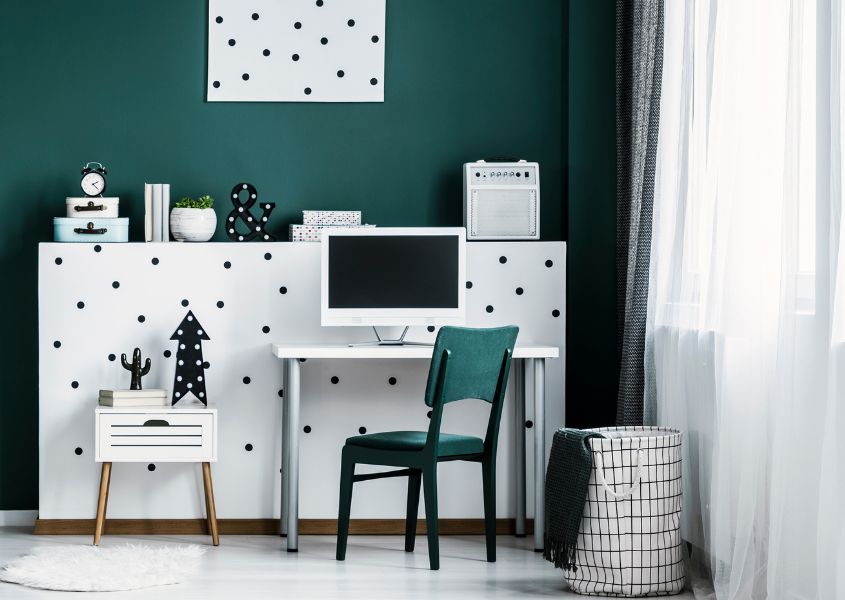
2. FURNITURE
The right home office desk is essential for the perfect home study area. Whether your child’s study zone is in their bedroom, an unused nook, a corner in the living room or a spot under the stairs, it’s worth investing in a quality desk.
A reclaimed wood desk or industrial desk feels grown-up and industrious, encouraging kids to knuckle down. Make sure the desk comes with drawers for keeping pens and stationery close to hand. As well as a dedicated desk, a comfy desk chair is vital to keep your young person motivated. As we well know, there’s nothing more distracting than being uncomfortable, so a modern desk chair is a must.
3. LIGHTING
Lighting is especially important, not just for study, but for the health of their eyes, so if possible, try to create a study space that benefits from plenty of natural light. Make sure their set-up isn’t in direct sunlight though as you don’t want the sun streaming into their eyes or obliterating a screen. For the evening, or areas without much natural light, good task lighting is more effective than a single ceiling light. You want the light to shine directly on the office table or desk without creating obstructive shadows.
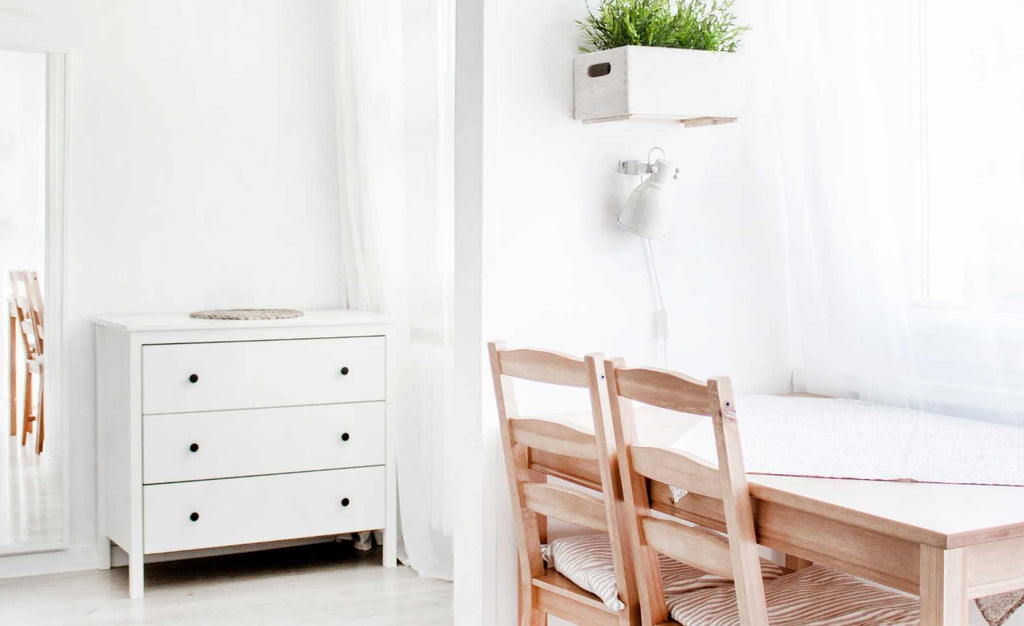
4. ORGANISATION
The key to any effective study area is to keep it neat and tidy, especially if you’re sharing the space. Having an organised and clear area is vital, but being ordered doesn’t always come naturally to a child. Help them gain top marks by providing reclaimed wood shelves, drawers or a wood bookcase to ensure visible mess does not creep into the area. Even if the beautiful white drawers end up stuffed full of rubbish, if your child (or you!) can’t see the mess, they are more likely to be able to fully focus on the work in hand.
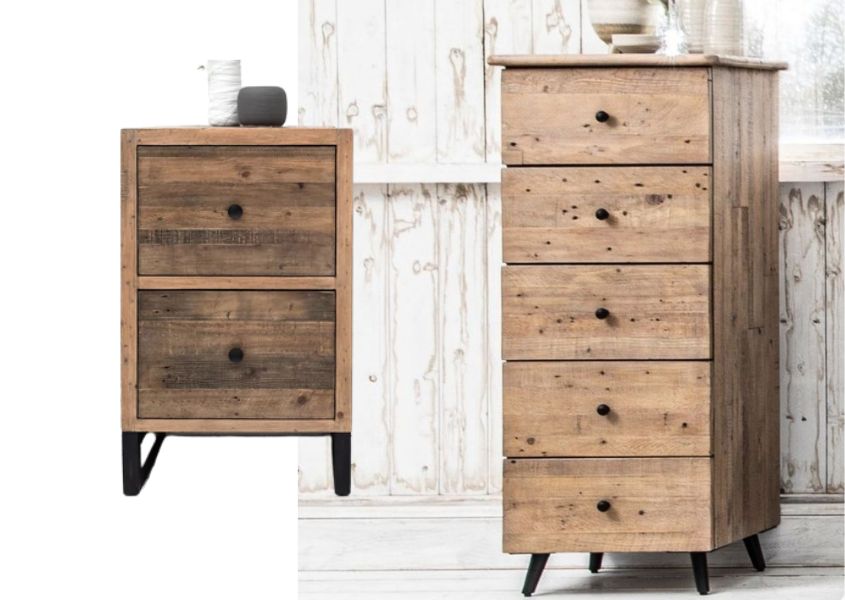
5. PERSONALISATION
Adding some personal touches to your child’s study area will encourage them to want to hang around in the space longer. It’s a fine balance though. You don’t want it to distract from their learning, but small additions, such as a favourite toy, object, monogrammed items, photo or personal wall art on or behind their industrial style desk will make it feel like their space. This is especially true if the study area is located in a shared space.
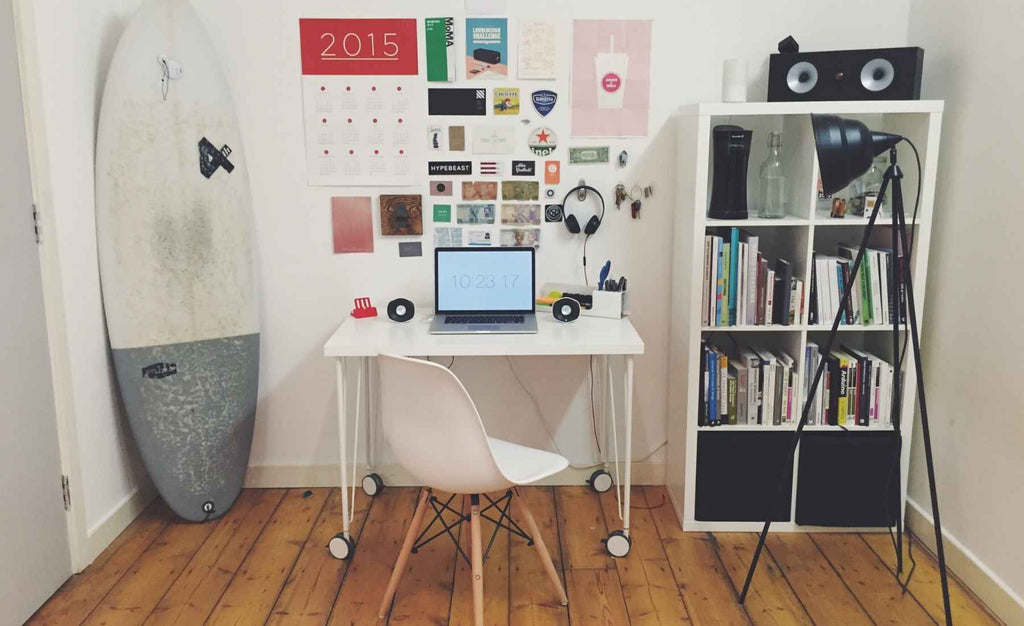
Complete your study space with our home office collection of rustic and reclaimed wood furniture or for more styling tips, take a look at our Ideas and Inspiration and follow us @modishliving.
